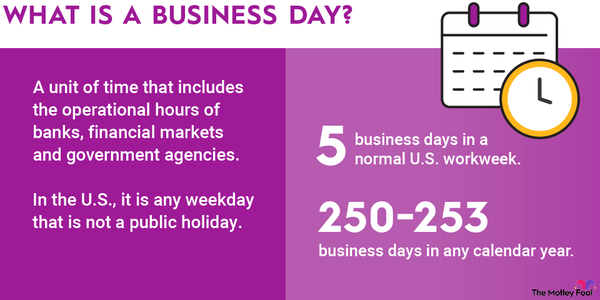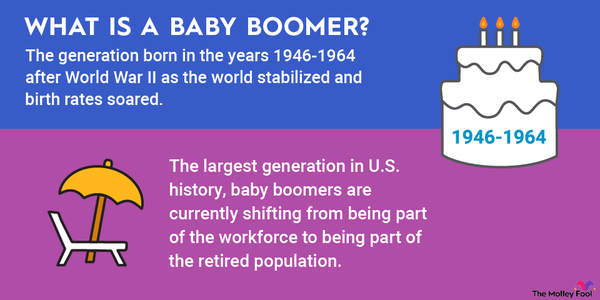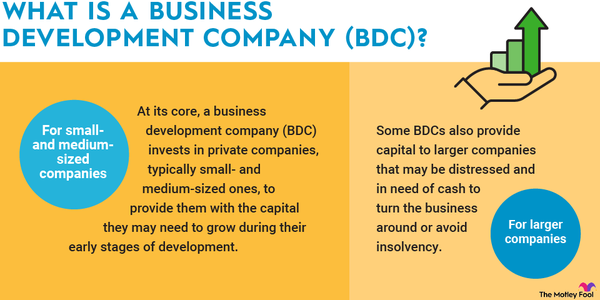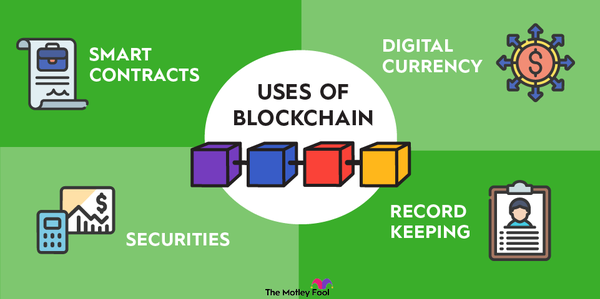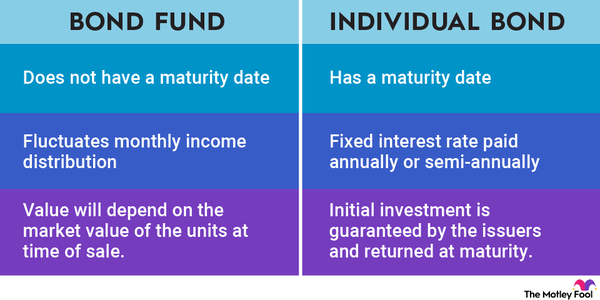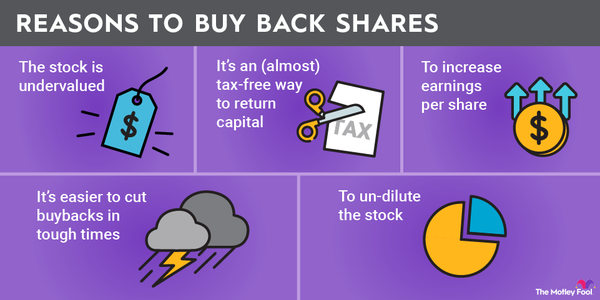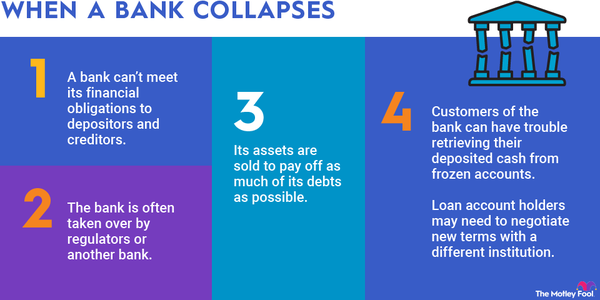Bond insurance provides financial protection to investors in case the issuer defaults on its payments. If the issuer fails to meet its obligations, the insurer will step in to make up any missed payments. Bond insurance is a form of credit enhancement because it makes a company's or agency's bonds less risky to investors. Read on to learn how bond insurance works, why issuers use it, and how it affects bond ratings.

What is it?
What is bond insurance, and how does it work?
Investors buy bonds under the assumption that they'll get periodic fixed interest payments (known as coupon payments) throughout the life of the bond and that their principal investment will be repaid once the bond matures. However, if the issuer defaults on its debt, investors could miss out on interest payments and principal repayment.
Bond insurance is a type of insurance that kicks in to pay investors if the issuing corporation or government entity defaults on its debt. It's also called financial guaranty insurance. By purchasing bond insurance, companies or governments can often receive a higher credit rating for their issues, which makes their bonds less risky to investors. They can often pay lower interest rates as a result.
How is it acquired?
How do issuers acquire bond insurance?
To obtain bond insurance, the issuing company or agency must submit various financial statements and documents pertaining to the bond issue.
Insurers consider criteria similar to what credit ratings agencies use to determine bond ratings. Each insurer has different eligibility criteria for bond insurance, and not all issuers will qualify. Usually, bonds need an investment-grade rating in order to be insured. Once the bond issue is insured, the credit rating for the bond issue is upgraded to the credit rating of the insurer.
Sometimes issuers acquire bond insurance through direct purchase, where they buy the policy directly from the insurer. Alternatively, they may use a process called elective bidding where issuers solicit competitive bids to insure their bonds.
Companies and government agencies usually purchase bond insurance by paying a one-time premium at the time of the issuance, though sometimes there are annual payments on top of an upfront premium.
Pros and cons
Pros and cons of bond insurance
One of the key benefits of obtaining bond insurance for an issuing municipality or corporation is the enhanced credit rating for the issue. A higher credit rating makes securities more marketable and less risky to investors. Because there's less risk, investors are willing to accept lower yields.
The cost of obtaining bond insurance is a major drawback, though. Bond insurance primarily adds value if it can reduce interest rates for the borrowing municipality or corporation. Also, bond insurance makes the issue dependent on the insurer's credit rating. If the bond insurer's credit rating is downgraded -- as occurred with several major insurers in the wake of the 2008-09 financial crisis -- the issue's credit rating could be downgraded as well.
Related investing topics
Example
Example of bond insurance
Suppose a city wants to issue municipal bonds to pay for a water infrastructure project. The city has a BBB credit rating, which indicates medium risk.
Without bond insurance, it would pay a 5% yield. But by purchasing bond insurance through an insurer with an AA+ rating, the city can lower the yield to 3.5%. If the savings from paying lower interest rates exceeds the cost of premiums, obtaining bond insurance would be worth it for the city.






